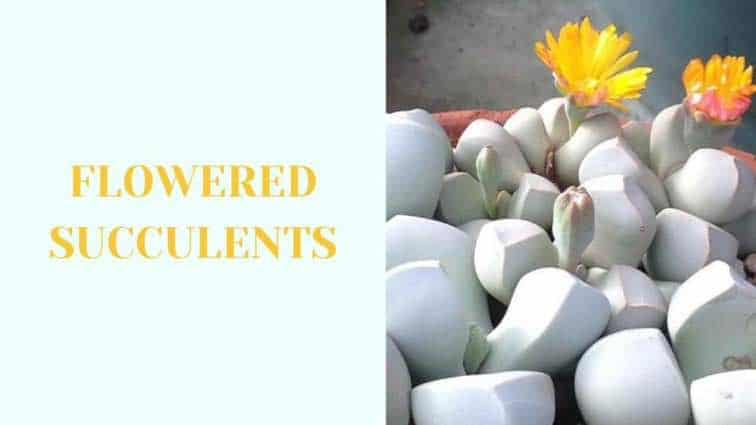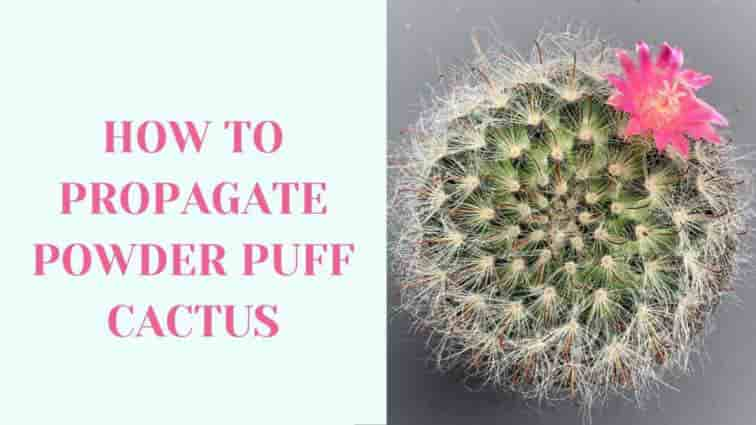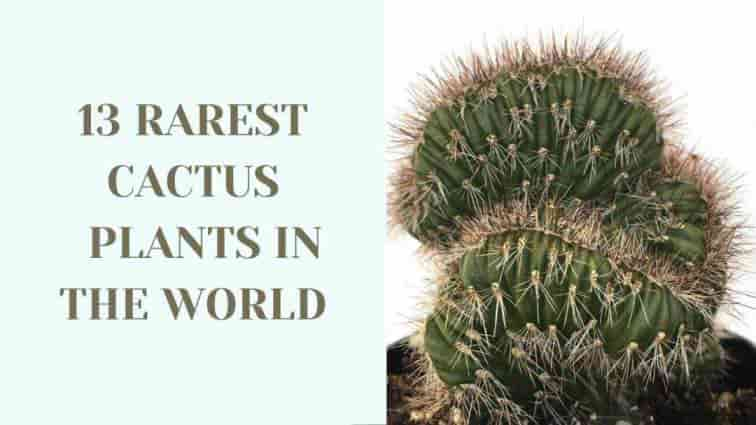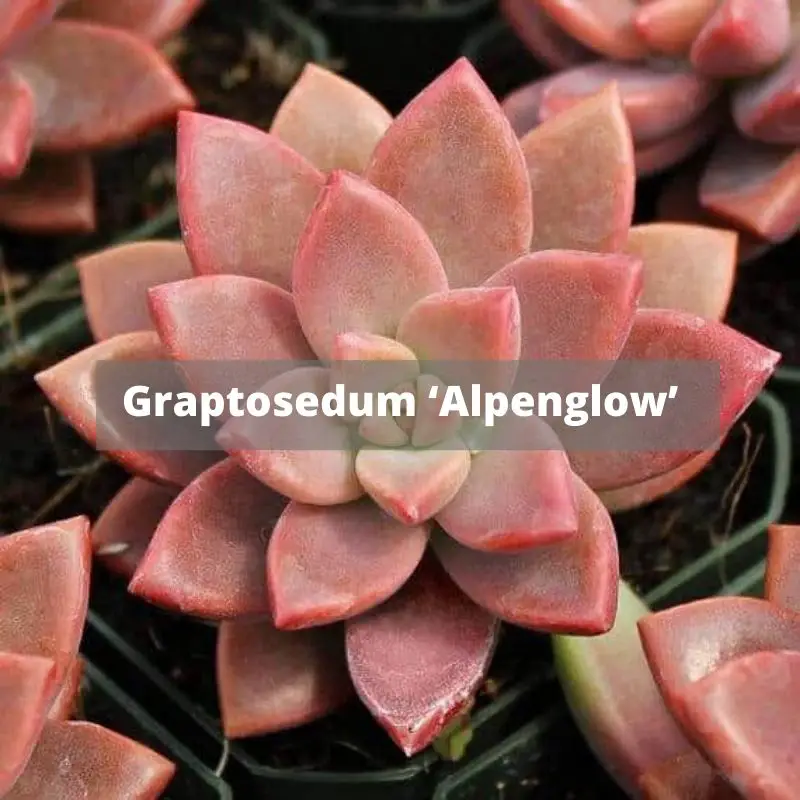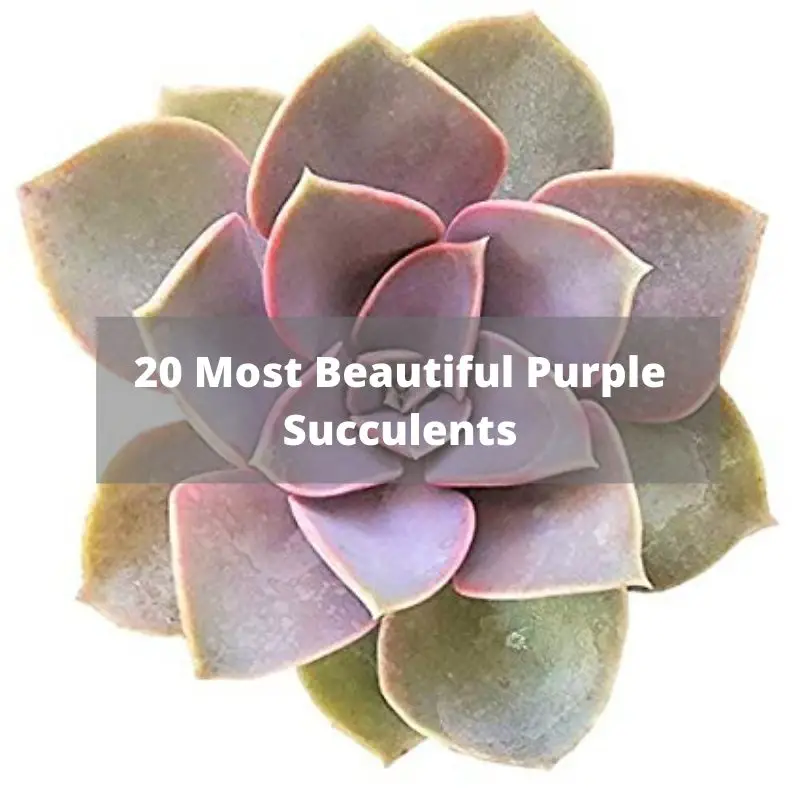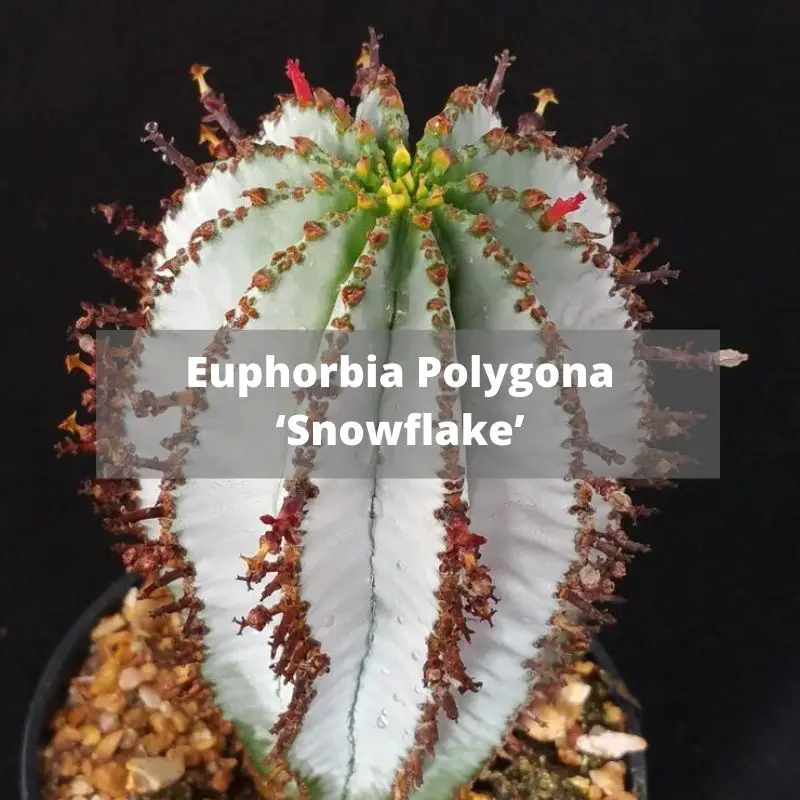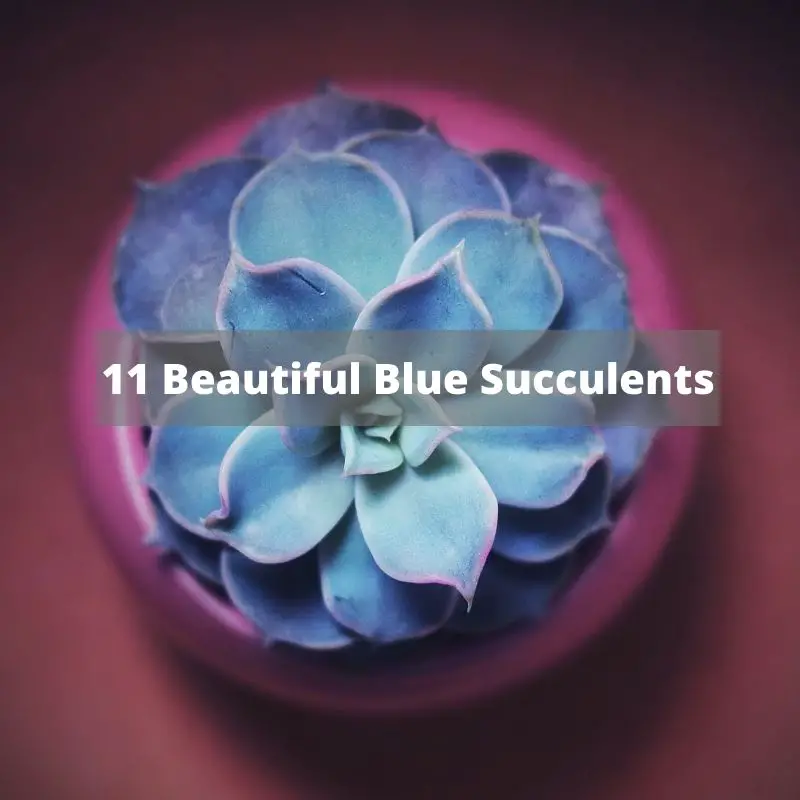The cactus family consists of many groups of species, one of which is the Opuntia. The genus is known to feature flat, broad pads, which are edible. Yes, this is the kind of cactus you can eat. If you see its fresh and juicy-looking fruits, they’re the parts that you can eat as well. In fact, they’re one of the popular ingredients for making jellies.
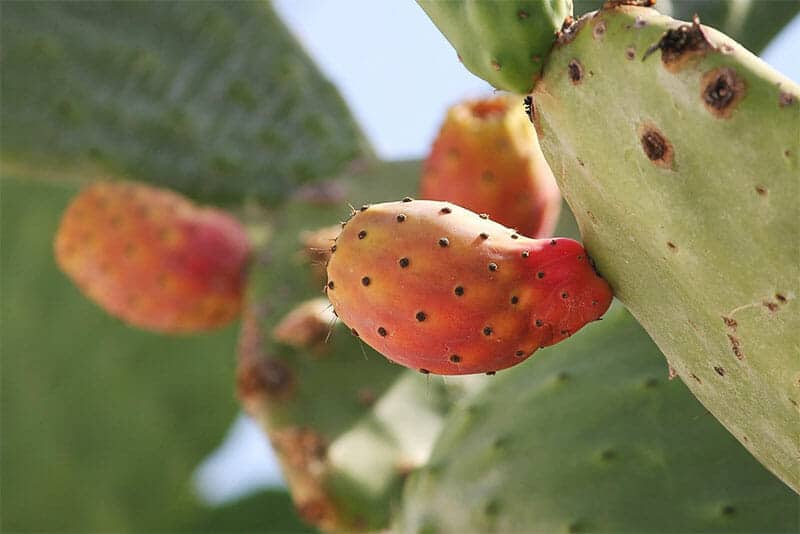
Picture via cactuscare.com
Cactus pads being edible is actually not a strange thing today, unless you have just heard about it. You can eat them raw or cook them in many ways. The thing you need to learn is how to pick and prepare the large pads. The thorns on these pads may be there to scare you, but you don’t need to be scared as long as you stay safe from them (don’t get pricked).
Eating Cactus Pads is Good for You
After knowing these parts of cactus you can eat, you might want to start harvesting them now. Because why not? They’re not only delicious, but also good for your health.
If you’re in Mexican desert regions, finding cactus plants won’t be so difficult as many of them grow wild there. The adult ones usually produce dozens of pads each year.
Newly grown pads or stems will get bigger and bigger until they are ready to pick. The pads are sometimes also called nopales, a common delicacy in Mexico. Ideally, before picking the cactus branches, you need to know the appropriate time for harvesting them, because it will make sure that you get the cactus you can eat with the best taste – less acidic but sweeter.
Nopales are primarily found on prickly pear cactus. Their hard and sharp spines don’t stop people from turning them into food, probably ever since humans first live around their native habitat. Nopales can be cooked, or you can eat them raw if you want. If you cook them, their texture will become a little slimy, but they will produce an appealing flavor.
Nopales are often canned and sold as a specialty vegetable. They’re usually found easily in Mexican grocery stores. As you know, Mexico is the place where these cactus pads are commercially raised. However, if and you share a place of life with Opuntia (i.e., they thrive in your region), you can harvest your own paddles for food.

Picture via gardeningknowhow
The Best Time to Pick Edible Cacti
Harvesting the cactus you can eat is pretty much like challenging its thorns, which are always ready to sting when you get close to the plant. But everything should be alright as long as you’re careful. Picking cacti pads can actually be done any time you want, but it’s better to do it in the right time to get sweeter paddles.
So when is the right time? The answer is mid-morning, of course, because at this time the acidity in the cactus is at its lowest level, hence it will taste better. As the day goes on, however, the flavor will continue to change, adding more bitterness to it.
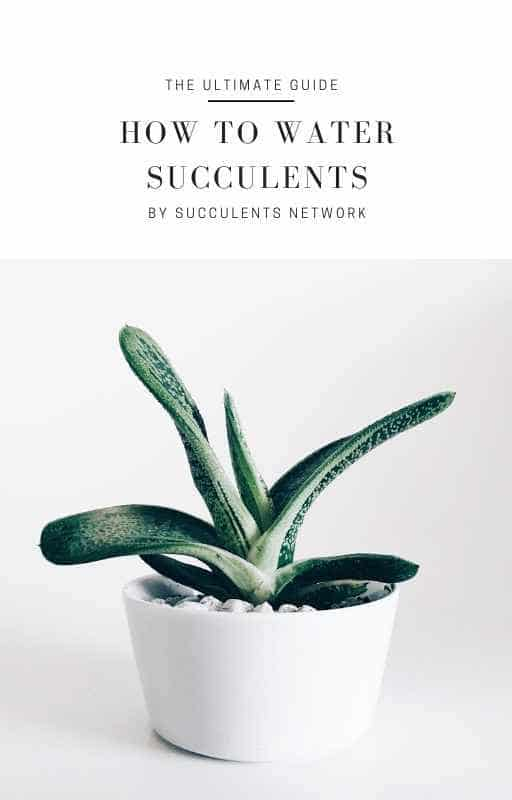
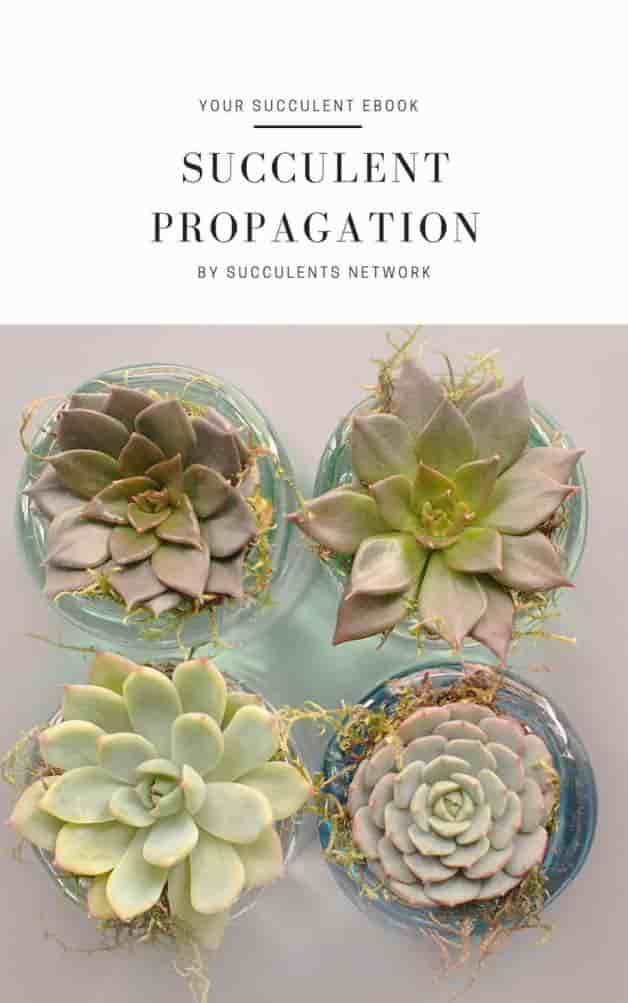
As for the harvest frequency, you can pick paddles up to six times a year from a mature cactus. But since the plant also needs these pads to perform photosynthesis, you should pick only 1/3 of the pads and leave the rest for the plant so that it can continue to live.
Picking Nopales, How to Do it?
The first thing you need to do here is wearing safety equipment and preparing the harvesting tools you will need. Wear a long-sleeved dress and don’t forget to don thick gloves as well. You will also need a sharp knife and a pair of tongs.
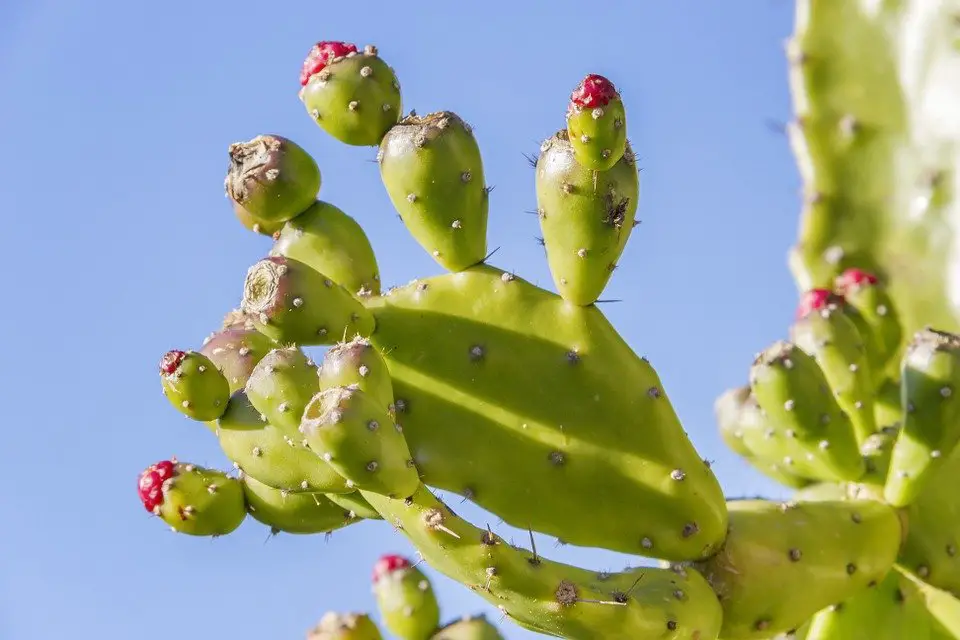
Picture via lifehack
Use the tongs to grasp the pad you want to pick. Then look at the part where the piece joins to its subordinate and cut it there. Remove the piece using your tongs and drop it into a jute or cloth bags. Don’t use a plastic bag as it will be torn apart by the hard spines.
After you arrive home with your harvest, grip the pad with your tongs and wash it. Scrape the piece using your knife to get rid of the prickles. Then you can peel the cacti if you want and turn it into a nopal salad or just any type of food that makes your taste buds dance.
Prickly Pear Fruit is Delicious Too
Want to know another wonderful thing from cactus you can eat? Guess what? Its fruit! Yes, cactus isn’t alone in being part of Mexican traditional cuisine. Its fruit – which sometimes is called Prickly Pear’ – is also popular due to the fact that it’s very sweet. You don’t need to cook it to instantly taste its sweetness, just eat it raw.
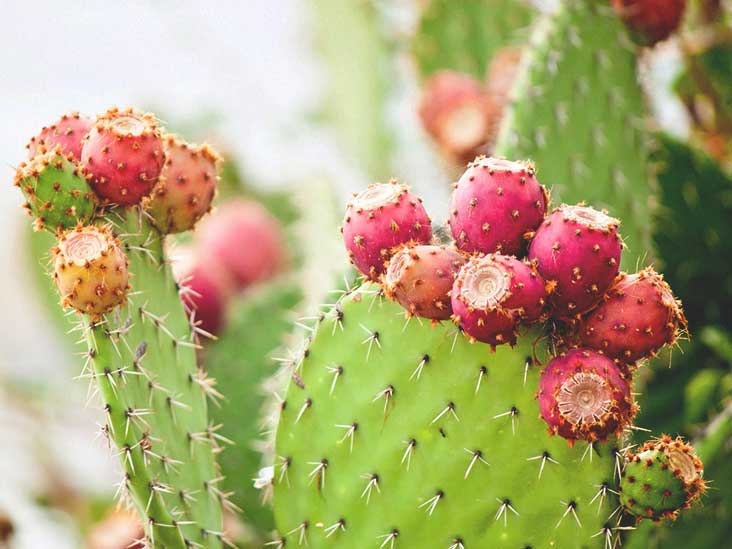
Picture via healthline
Harvesting Cactus Fruit
Cactus fruit can be found on the edges of the nopales. They have a pear-like shape and can range in color from green to orange and red, with each color indicating a different taste. The sweetest fruit is the red one, while the orange and green prickly pears are less sweet but still taste refreshingly good.
You must be careful when picking the fruit, since its sweetness lies behind wicked glochids that can really hurt you if you get hit by them. These hair-like prickles are difficult to spot. They detach so easily when touched and penetrate your skin almost instantly. Once the glochids are in, it will be near impossible to get them out. They will cause itching and severe pain at the same time.
That’s why you must wear thick, long-sleeved gloves before picking a cactus fruit to avoid direct contact with glochids. Grab the fruit with gloves on your hands and twist it gently until it’s separated from the pad, then put the fruit into a bucket or bag.
Getting Rid of Glochids
You should never handle a prickly pear with bare hands before cleaning it from glochids, unless you buy the fruit from a store, then the glochids should have been removed already. The hair-like spines can be easily cleared by an open flame. Use tongs to grip the fruit or just puncture it with a fork. Slowly turn the prickly pear over the flame to burn the glochids.
In the flaming process, you may see little sparks shoot off from the fruit accompanied by popping sounds. That’s fine, just continue the burning until all the glochid-covered little spots on the fruit are blackened, which means the little spines are gone. You should make sure that the flame burns the fruit evenly, including its top and bottom parts, to completely eliminate the glochids.
Removing the Skin and Eating the Fruit
After the prickly pear is cleaned and becomes safe to handle, you can use your knife to start slicing a quarter inch off of its end. Then slice into the fruit’s skin lengthwise from the top to the bottom and peel the whole skin away. When the peeling process is done, your fresh and tasty cactus pear will be ready to eat.

